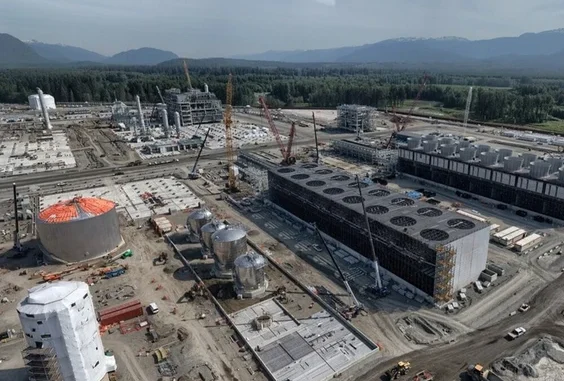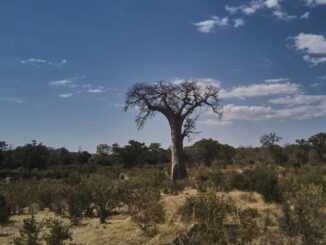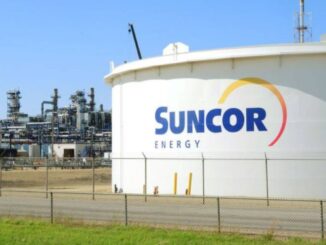
B.C. is on the cusp of becoming a global energy leader in a world clamouring for reliable, sustainable sources of responsibly produced, low-carbon intensive energy. The question is whether industry, governments and other stakeholders can seize the opportunities before us to make it happen.
Demand for LNG has never been greater. The world is undergoing a massive energy transition, impacting how we will heat our homes, power our cars, grow our food, and make and transport products around the world essential to our daily lives.
If B.C.’s lower carbon-intensive LNG doesn’t reach potential customers, they will not simply forgo using natural gas or other fossil fuels. Instead, they will turn to higher-polluting producers or higher-emitting energy sources already dominating the marketplace.
The province is uniquely positioned with an abundance of low-carbon natural resources, significantly higher environmental and human rights standards relative to competing producers, demonstrated expertise and proven innovations. Most importantly, it has strong buy-in and participation from Indigenous nations, which are also keen to advance reductions in global carbon emissions and support thriving, prosperous B.C. communities.
Those interests include meeting the high regulatory and performance standards British Columbians expect.
In 2018, the provincial government outlined four conditions for all LNG development in B.C.: guarantee a fair return for B.C.’s natural resources; guarantee jobs and training opportunities for British Columbians; respect and make partners of First Nations; protect B.C.’s air, land and water, including living up to the province’s climate commitments.
LNG development in B.C. has demonstrated it can meet these four directives. Companies, including two Indigenous-led B.C. LNG proposals, have already set a high bar for social, economic, and environmental performance that will place B.C. and Canada on the map of LNG exporting nations.
The LNG Canada facility in Kitimat, now 75 per cent complete and preparing for its first LNG shipments by mid-decade, is designed to deliver GHG emissions 35 per cent lower than the world’s best-performing comparable facilities and 60 per cent lower than the global weighted average. This is possible mainly with renewable power from the B.C. Hydro grid. Similar metrics will be repeated in other B.C.-based LNG projects under consideration. It will make a meaningful contribution to the global efforts to reduce emissions, as LNG replaces the use of coal for energy needs.
It cannot be overlooked that a critical component of B.C.’s LNG development is Indigenous participation — through partnerships, joint ventures, and equity positions.
FortisBC and Musqueam Indian Band have signed an equity option agreement on the proposed LNG expansions at Tilbury that will help reduce marine shipping emissions. The Haisla and Nisga’a nations have ownership and development roles in projects planned in their territories. The Squamish Nation established the first Indigenous Environmental Assessment process in Canada on the Woodfibre LNG project, strengthening their governance over activities on their lands.
This is reconciliation in action, with wide-ranging benefits that flow across B.C. and Canada, enabling sustained sole-sourced revenue for individual nations to lift up their communities.
The economic benefits for British Columbians are real and meaningful. For example, LNG Canada has awarded over $3.8 billion in contracts and procurements to businesses in B.C. To date, the Tilbury Expansion Projects have generated more than $140 million in spending with 407 B.C.-based vendors and 16 Indigenous-affiliated businesses.
The time to move forward with made-in-B.C. LNG is now.
Bridgitte Anderson is president and CEO, Greater Vancouver Board of Trade; Karen Ogen-Toews is CEO, First Nations LNG Alliance; Greg D’Avignon is president and CEO, Business Council of British Columbia; Al Phillips is president, B.C. Building Trades; Fiona Famulak is president, B.C. Chamber of Commerce.



